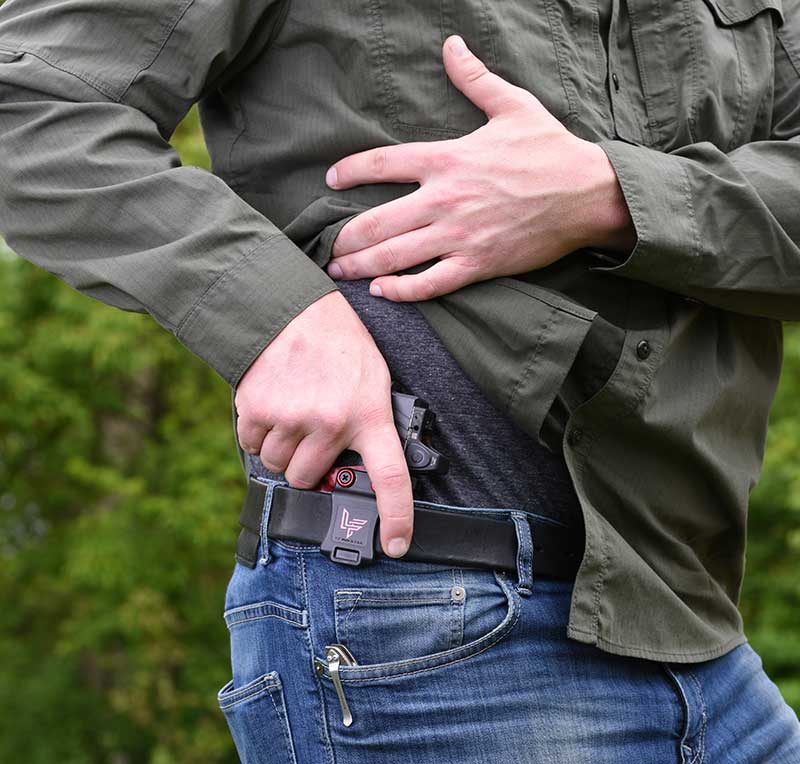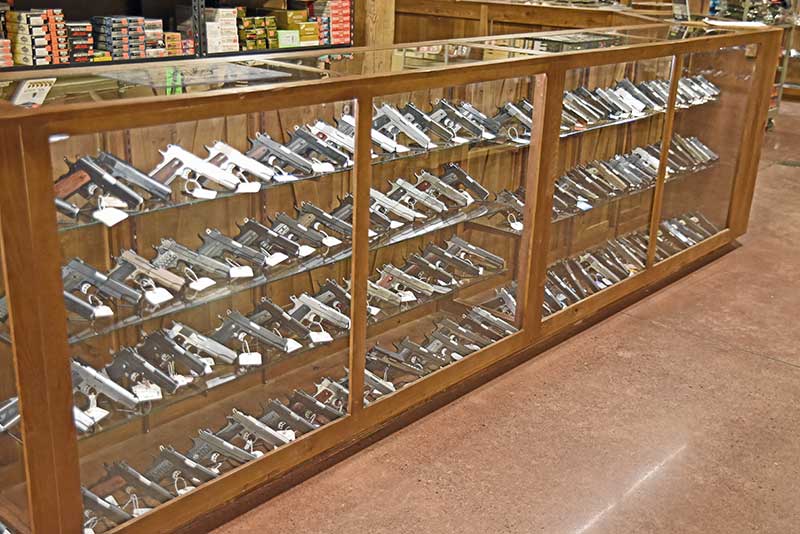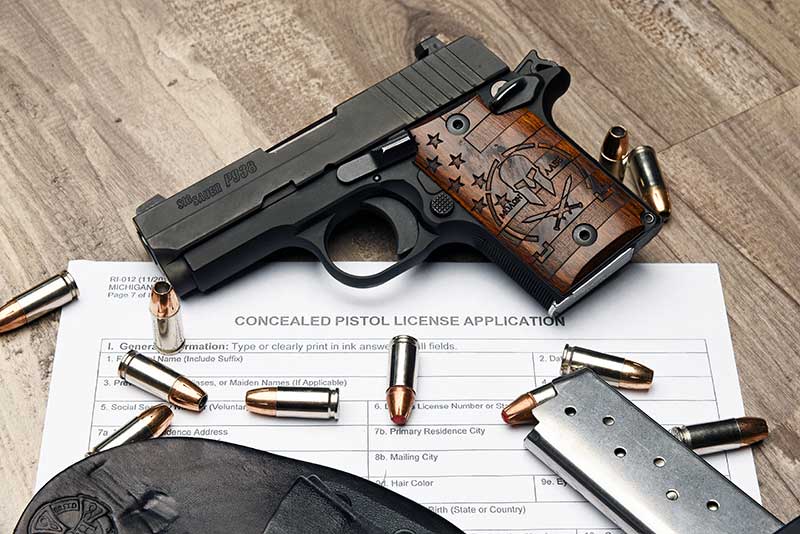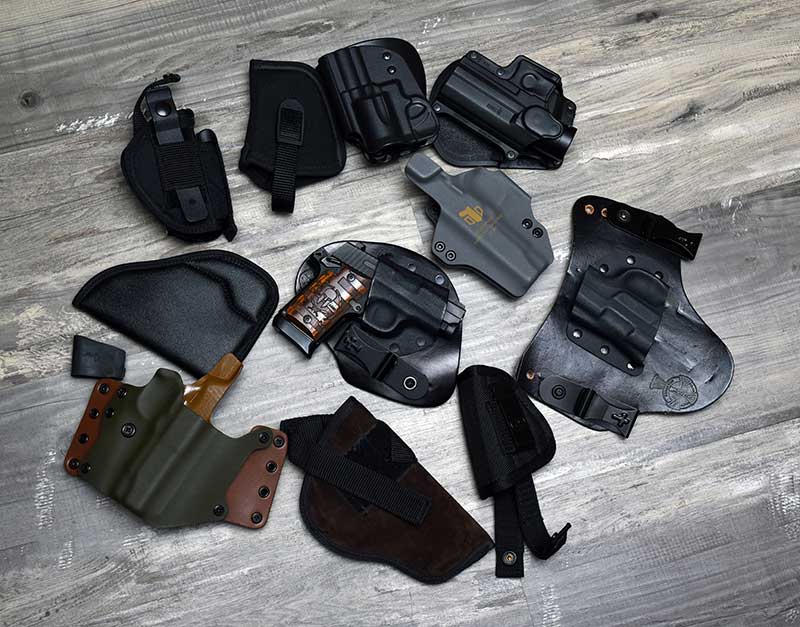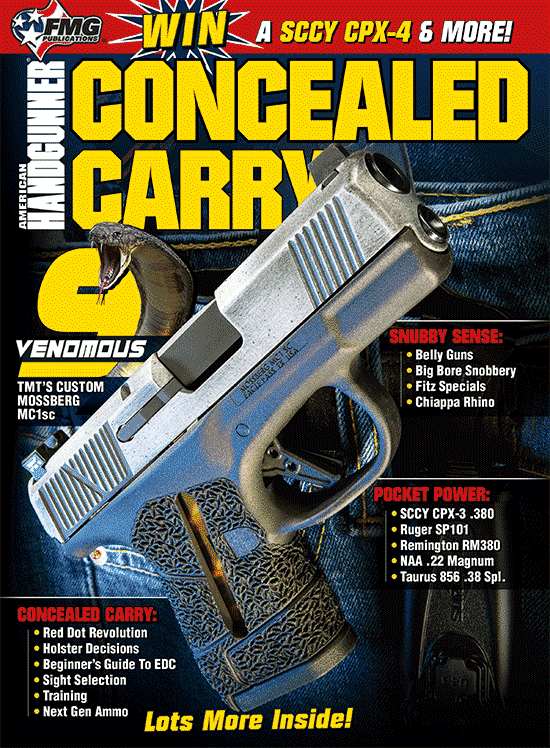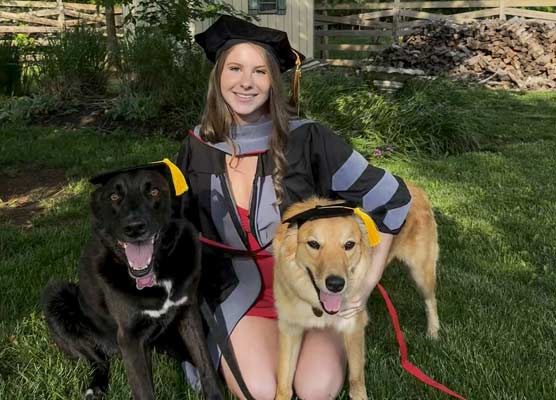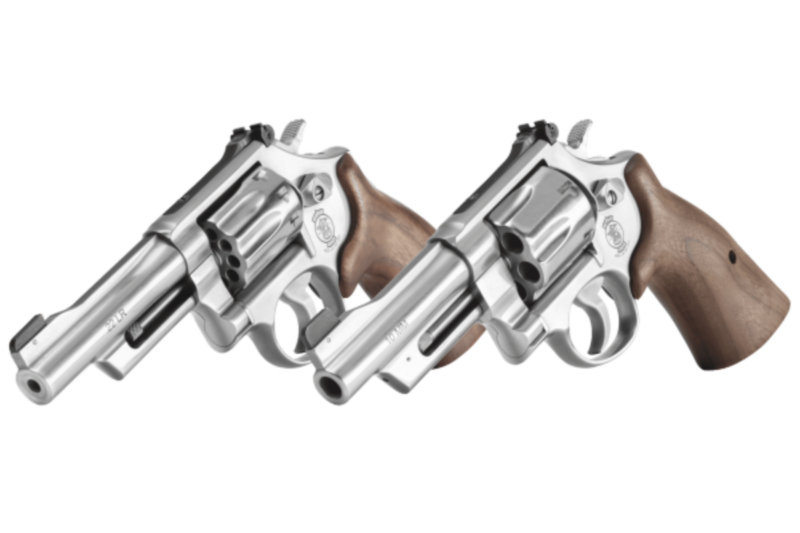Your First Time
A Beginner's Guide To Everyday CCW
I’ve been a firearms instructor and federally licensed gun dealer for about 12 years now and been asked a whole lot of questions about how to carry a concealed gun. This usually involves more questions about what holster to use, what gun to purchase and even what ammo should be carried.
What people often fail to appreciate is carrying a gun is a huge responsibility. And with this responsibility, days have to be planned better and you’ll likely have to start dressing a little differently. Carrying a gun will be a unique experience for every individual, so it’s necessary to appreciate what’s involved. Is it worth it? If you’re up to doing your part, I would definitely say “yes.”
Making Your Choice
The gun you choose to carry should be the one you’re most comfortable using, whether it’s a .357 Magnum revolver or a compact .380. It all starts with your firearm. There are a few things to keep in mind when choosing the gun that could one day save your life. The most important of which is to choose a firearm comfortable for you. It should be one that, during training, you can put rounds on a target quickly and accurately.
You want to make sure your gun and ammo function reliably. This offers a bit of peace of mind when carrying concealed. A gun that malfunctions at the range is probably not a great choice in a defensive encounter. Without confidence in your gun, you will never be mentally comfortable carrying it.
I had this little old lady come to my class with her brand-new, snub-nose Smith & Wesson .357 Magnum revolver. Literally, the price tag was still hanging from the trigger guard. At the range she didn’t have the hand strength to even pull the 13-lb. trigger. However, the guy at the gun shop told her it was the best gun for her. This is why you must always do the research on your carry gun. Remember, one gun will not always be sufficient when it comes to carrying daily. Different occasions may call for different guns and carry options. Get some advice from friends with CCW permits, go to the local gun store and ask questions, and if you can locate a range where rental guns are available to try, all the better!
Now you have a gun, how do you carry it? You need a holster to at least cover the trigger guard and provide secure retention without slowing you down when drawing. There are hundreds of different kinds of holsters on the market. Which holster is going to work best for your situation? Multiple holsters might be necessary depending on the climate and your carry needs. You could carry outside the waistband (OWB), inside the waistband (IWB), on the ankle, in a bra holster, on your shoulder or in a compression-shirt holster to name just a few options. They even make yoga pants with built-in holsters now. The holster you choose should be unique to your specific needs.
Life Changes
A gun in any holster adds weight and bulk to the daily routine. You might find yourself purchasing a whole new wardrobe in order to accommodate this new lifestyle. I buy my pants at least one size up from what I need to accommodate my gun and holster if I’m carrying IWB.
I have also run into issues with shirts. The humorous T-shirts from the mall might be perfect for getting a good laugh, but they tend to shrink and be very thin. You don’t want to reveal your firearm while reaching for a box of cereal on the top shelf at the grocery store. “Printing” is when the gun’s outline shows through clothing. It’s a form of brandishing, and if anyone feels threatened, which doesn’t take much these days, you could find yourself in some trouble.
The first time you carry, it’s going to feel like the gun is moving all over, and you won’t be sure when to adjust it to make it comfortable. Obviously, the goal is to not draw attention to yourself or the gun. Just find some place away from everyone and do all the adjusting you need. As time goes on, you will become more and more comfortable when carrying a gun. Moreover, you will probably begin feeling uncomfortable if you’re not carrying!
Be prepared to experience a whole wave of emotions and feelings the first couple times you carry. You will begin seeing people and surroundings differently. You may notice everyone around you or your loved ones more, people’s hands, cover or concealment areas or even sit facing the door at the restaurant now. The more aware you are, the less likely you are to become a victim if you’re responsible and do your part.
In fact, the ultimate goal here is to create an environment in which you will never have to pull your gun. I always compare carrying a gun to wearing a seatbelt — you don’t get in a vehicle and know you’re going to get in a wreck, but you should still wear a seatbelt every time.
Also, it’s imperative to recognize carrying a gun doesn’t obligate you to take action, even when you witness a crime justifying the use of deadly force. Use your judgment. Remember the fact you’re not a police officer, and don’t have to be a hero. Sometimes, the best response is to notify the authorities and be a useful witness when the police arrive.
The most important thing to remember is concealed carry is a lifestyle. Make sure to carry every day once you have accepted the responsibility, and have the correct mindset and gear. And let’s hope you never have to use it.
Subscribe To American Handgunner

Get More Carry Options content!
Sign up for the newsletter here:


